There are different types of mobile apps that can be differentiated depending on their functionality and target audience. Here are some examples:
-
Native Apps : Native apps are developed specifically for a specific mobile operating system (e.g. iOS or Android). They are usually faster and more powerful than other types of apps because they can access the operating system directly. Most native apps are written in the programming language of the respective operating system (e.g. Swift or Objective-C for iOS and Java or Kotlin for Android).
-
Web apps : Web apps are mobile applications that can be accessed via a web browser and are usually developed using web technologies such as HTML, CSS and JavaScript. They can be used on any mobile device, regardless of the operating system, and do not need to be downloaded and installed separately.
-
Hybrid apps : Hybrid apps are a combination of native and web-based apps. They are usually developed using web technologies such as HTML, CSS and JavaScript and can be installed in a wrapper as a native app. Hybrid apps often have the advantage of working across platforms, but are sometimes a bit slower than native apps.
Regarding the technologies used for mobile app development, it depends on the type of app and the developer's preferences. Native apps often use platform-specific programming languages such as Swift, Objective-C, Java and Kotlin. Web apps and hybrid apps often use web technologies such as HTML, CSS and JavaScript, as well as frameworks such as React Native, Ionic or Apache Cordova.
#NativeApps #WebApps #HybridApps #Swift #ObjectiveC #Java #Kotlin #HTML #CSS #JavaScript #ReactNative #Ionic #ApacheCordova #MobileApps #AppDevelopment #MobileDevelopment #AppProgramming #ProgrammingLanguages #xioo
How does xioo® approach the development of mobile apps?
The optimal development process for a mobile app usually involves several steps. Here are the most important steps:
-
Concept and planning : This phase involves developing the idea for the app, including its functionality, target audience, and the platforms on which the app will be published.
-
Design : In this phase, the user interface (UI) and user experience (UX) of the app are designed. This also involves deciding which technologies and frameworks to use.
-
Development : In this phase, the app is developed using the selected technologies and programming languages. This also includes important functions such as database connectivity, push notifications and payment system integration.
-
Testing : In this phase, the app is tested for bugs and issues. It also involves running through different scenarios to ensure that the app works smoothly.
-
Deployment : In this phase, the app is published on the relevant app stores (e.g. Apple App Store or Google Play Store).
-
Maintenance and Updates : After release, regular updates and maintenance must be performed to ensure that the app works flawlessly and remains compatible with the latest operating system versions.
#MobileApps #AppDevelopment #NativeApps #WebApps #HybridApps #iOS #Android #UI #UX #DevelopmentProcess #AppTesting #AppDeployment #AppMaintenance #AppUpdates #AppMarketing #xioo

